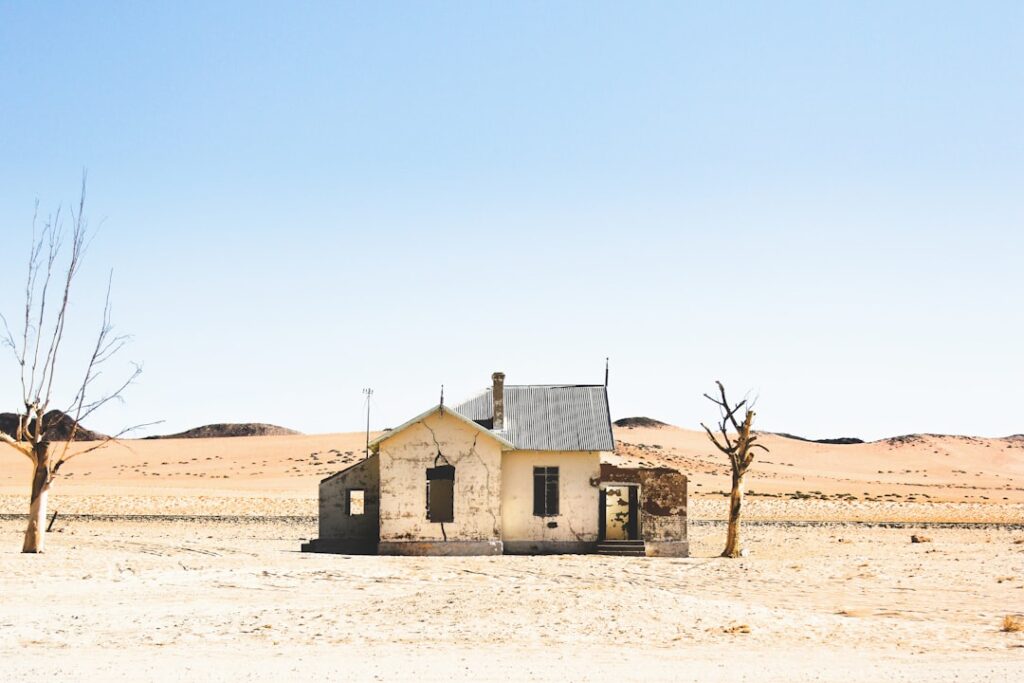
It is about AD 33 on the Mount of Beatitudes, a hill in northern Israel on the Korazim Plateau. It is an unprecedented day, a day that will have priests poring over the sacred texts of Leviticus to remind themselves of what to do and what is required.
Someone Needs Healing
Unexpectedly, a man approached Jesus, his skin marred by sores of various shades, some lighter, some darker. It is immediately obvious what is wrong, and some of the crowd, eager to watch, would no doubt have backed off cautiously. Nerve damage had rendered the man numb, his swollen nerves clearly visible and tender. He advanced slowly, weakness seizing his muscles, making each step a challenge. His dry, infrequently blinking eyes hinted at the feared darkness of potential blindness. His congested nose, nosebleeds, painful ulcers, and persistent lumps that would not heal had brought him to the brink of despair. But today was different…
Word and Works
Imagine the drama in this encounter—Jesus has just been teaching the large crowds (what we know as the Beatitudes) and came down from the mountainside; large crowds followed him. The crowds are convinced by all that Jesus has been teaching them. His words came with great authority, wisdom, and conviction, but now comes a demonstration of that power—words and works.
A man with leprosy, dropping to his knees before Jesus, knelt before him and said, “Lord, if you are willing, you can make me clean” (Matthew 8:1–4, Mark 1:40–45, and Luke 5:12–16). You can imagine the response of the crowd—what will Jesus do? A catch-22 situation?
The Nameless Man
We never get to know his name, and he was probably known for the rest of his life as “the leper that Jesus healed.” Even in his healing, there was stigma, but also a story. In a sense, not only was everyone stunned at the opening of blind eyes, something that had never happened for a man born blind, but leprosy? Way back in Leviticus 13–14, Moses marked out the exclusion for those with leprosy (or skin conditions) but also spoke of the process by which those healed of leprosy could be reintegrated into society.
By the time of Jesus’ day, the leprosy cleansing ritual of Leviticus 14 had never been instituted because God had not yet provided a cure for the disease. So, what is going to happen?
Jesus reached out his hand and touched the man. “I am willing,” he said. “Be clean!” Immediately, he was cleansed of his leprosy. A stunned pause… I think the crowd would have been beside themselves. Amidst all the exclamations from the crowd, Jesus instructs the man to go and show himself to the priest, following the protocol outlined in the Mosaic Law for someone who had been healed of leprosy, as a testimony to the priests and the community. The healed man went off to present himself to the priest who, in turn, would take a good look and then, because the infection of leprosy was healed, give orders to sacrifice two live clean birds. Jesus now had the attention of the High Priest, and the fury would begin to boil.
The Drama Continues
The narrative does not conclude there. Luke continues his meticulous research, and just when one might assume this was a solitary instance, a chance encounter with the miraculous power of the Kingdom of God, another account is shared by Luke. It is a compelling story that is easily overlooked in a quick read, but ponder the impact it had in Jerusalem. Consider the priests’ reaction: “Here’s another one! No, wait… there are ten of them!”
Luke recounts the event as follows: “While travelling to Jerusalem, Jesus enters a village where ten lepers, standing at a distance, call out to Him for mercy. He instructs them to go show themselves to the priests, and as they go, they are cleansed. Only one of them, a Samaritan, returns to thank Jesus, and Jesus emphasises his faith and gratitude, stating, ‘Rise and go; your faith has made you well’” (Luke 17:11–19, ESV).
Your Part Emerges…
The story does not end there either—Jesus tells the disciples, “Heal the sick, raise the dead, cleanse lepers, cast out demons. You received without paying; give without pay” (Matthew 10:8, ESV). It poses a radical challenge for us today, that God is truly urging us to express our faith through action and care.
It also sends us a clear message that if you are sick, dead, diseased, or demonised, God has the final word—but He uses people, people like you, to intervene in the lives of others, bringing an invigorating, refreshing, healing touch of God. You might not actually be dead, but feel spiritually dead—and there is the response: let someone pray for you!






